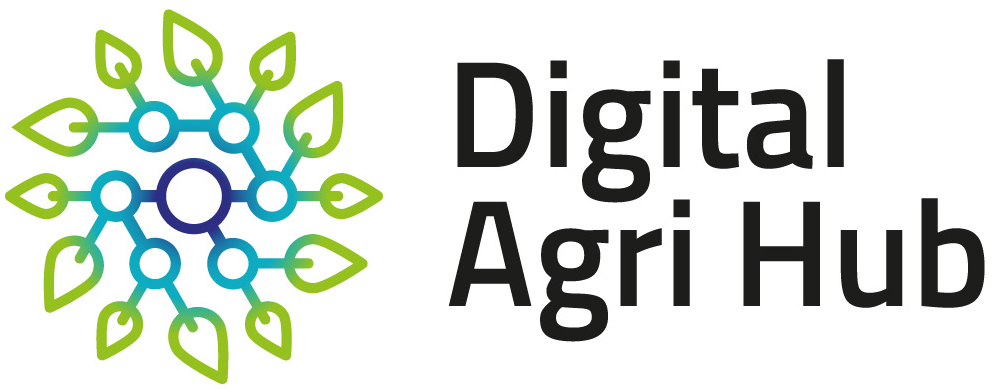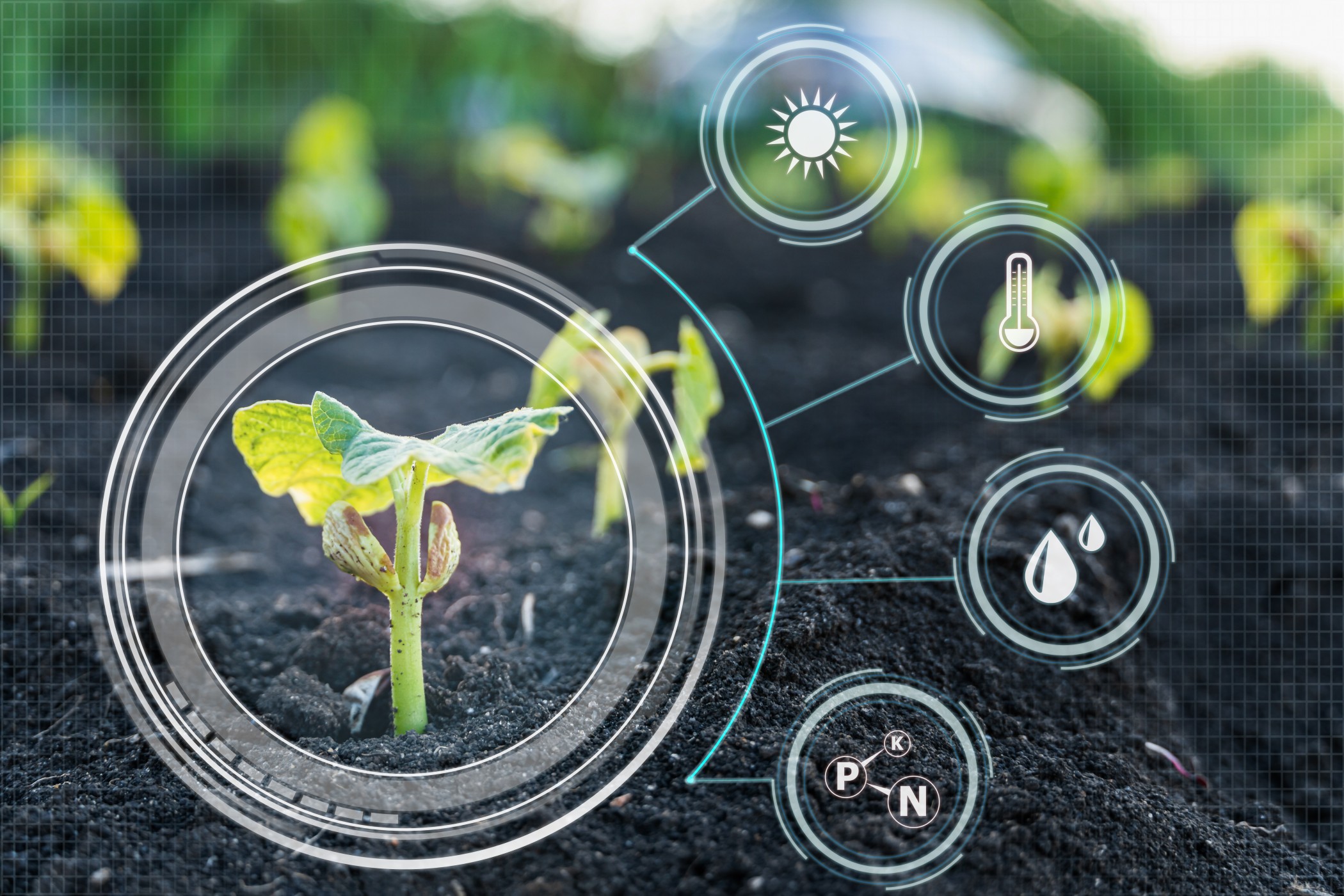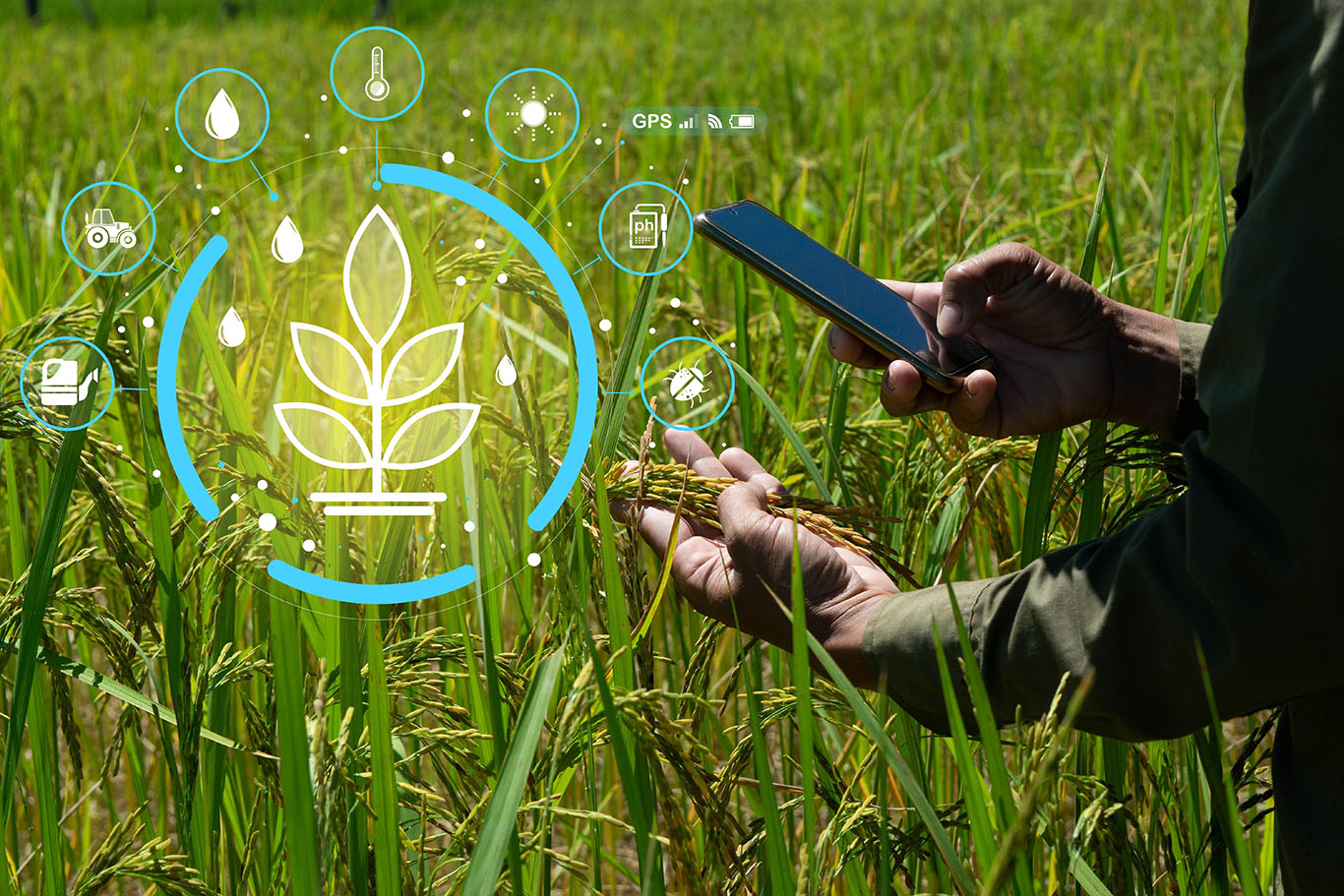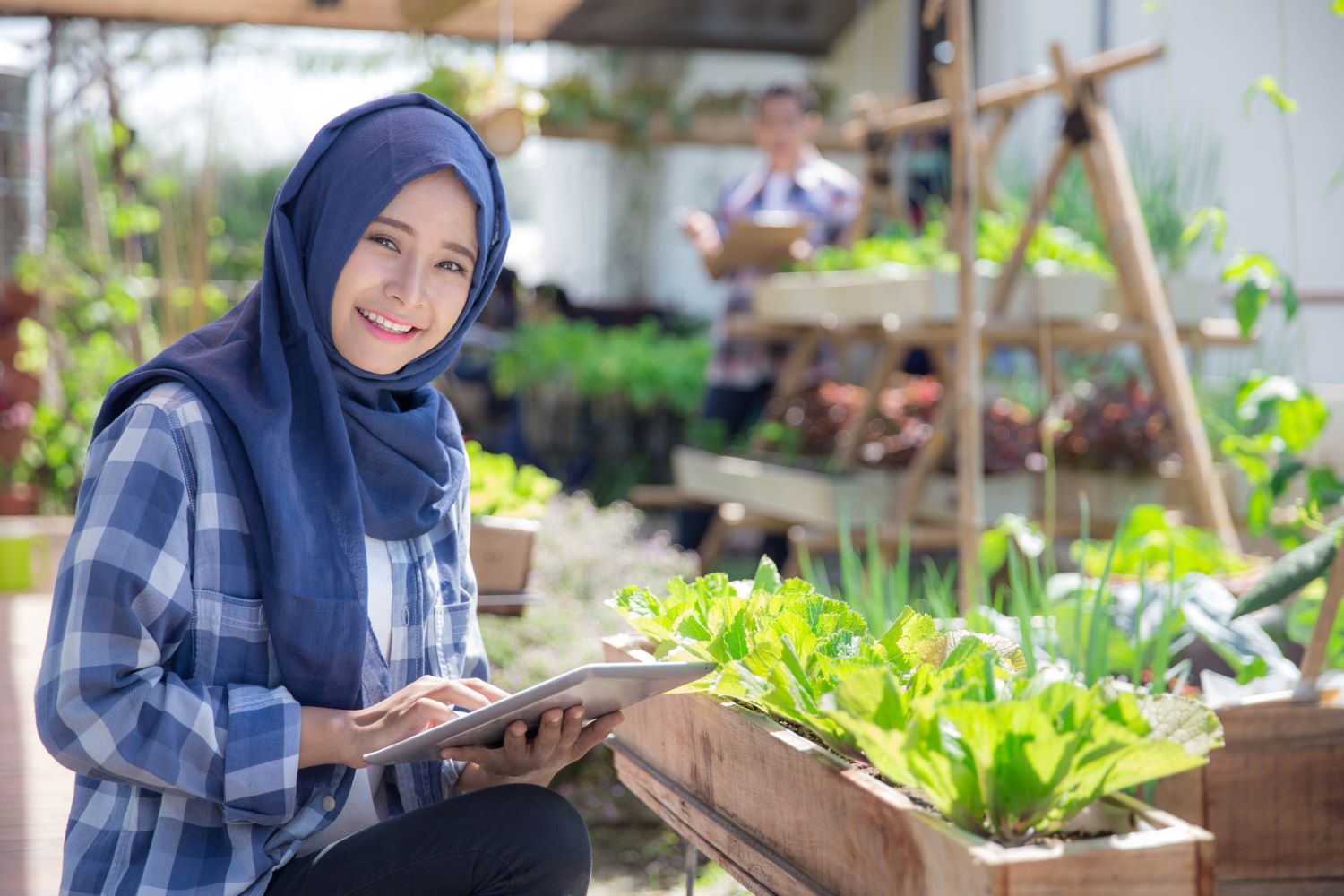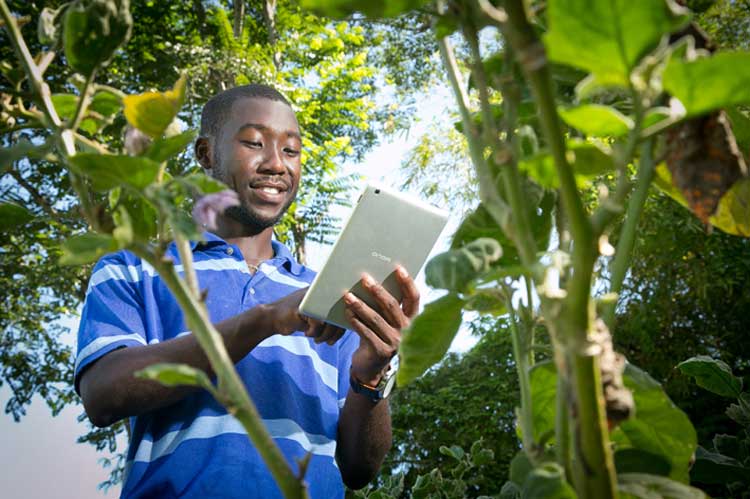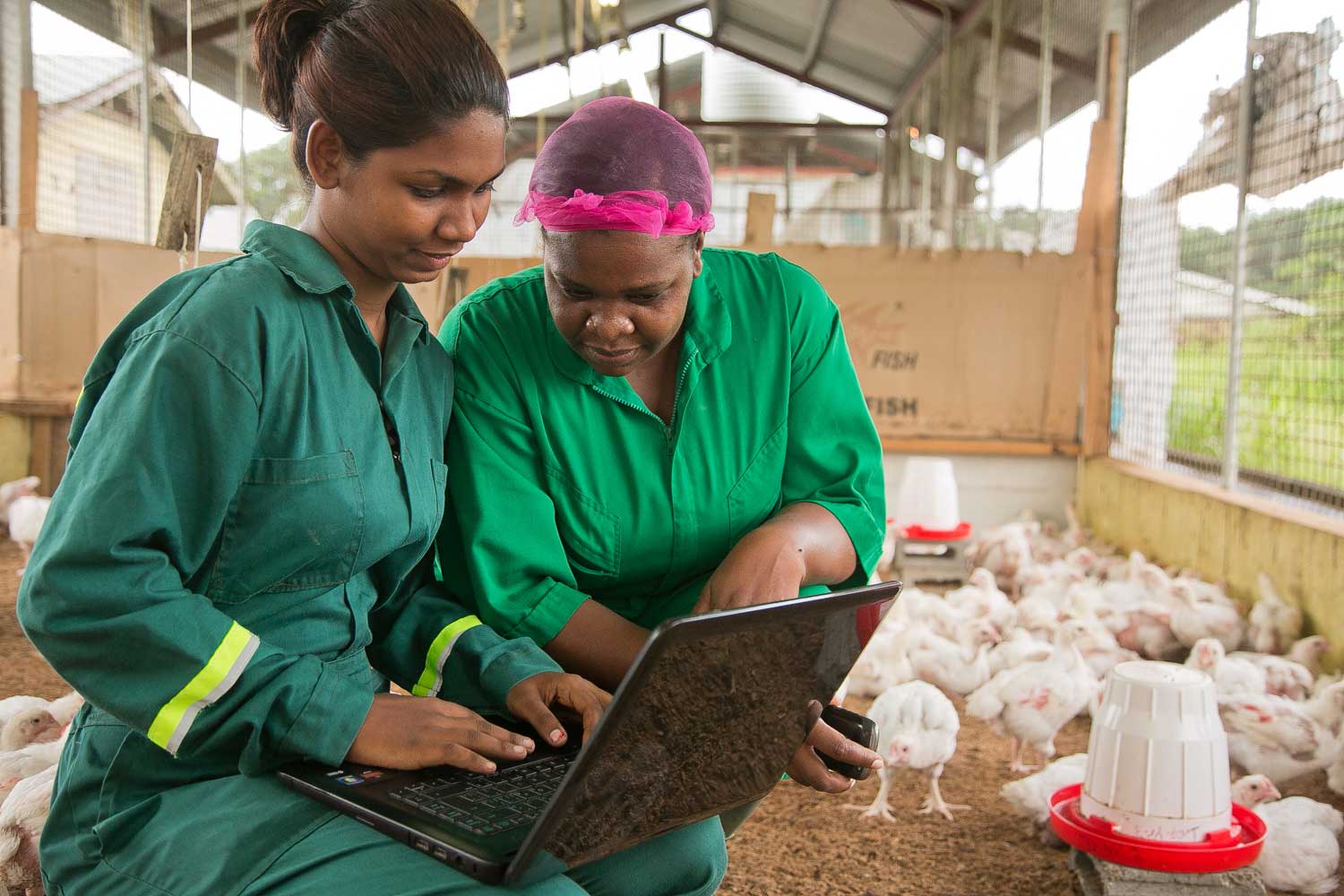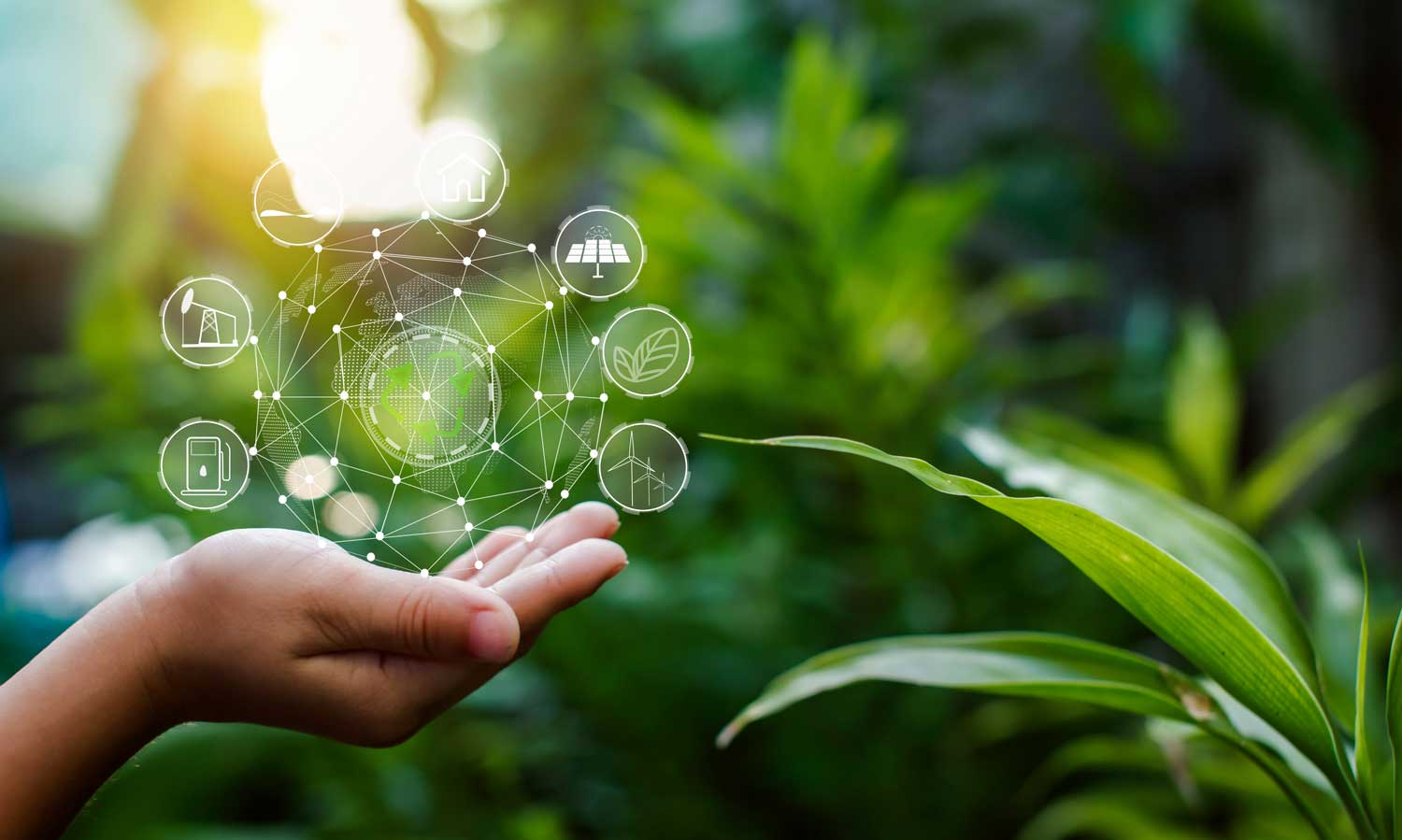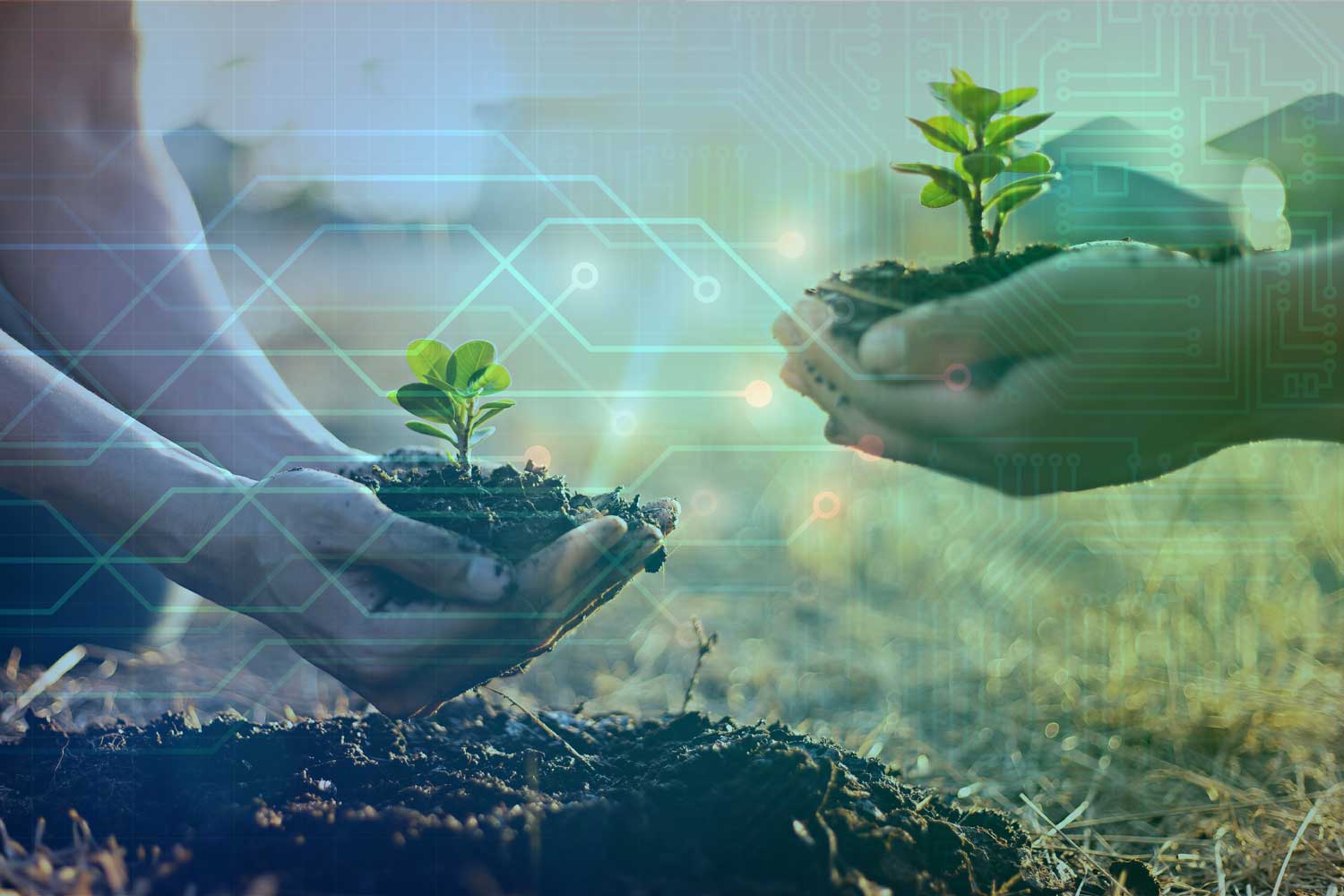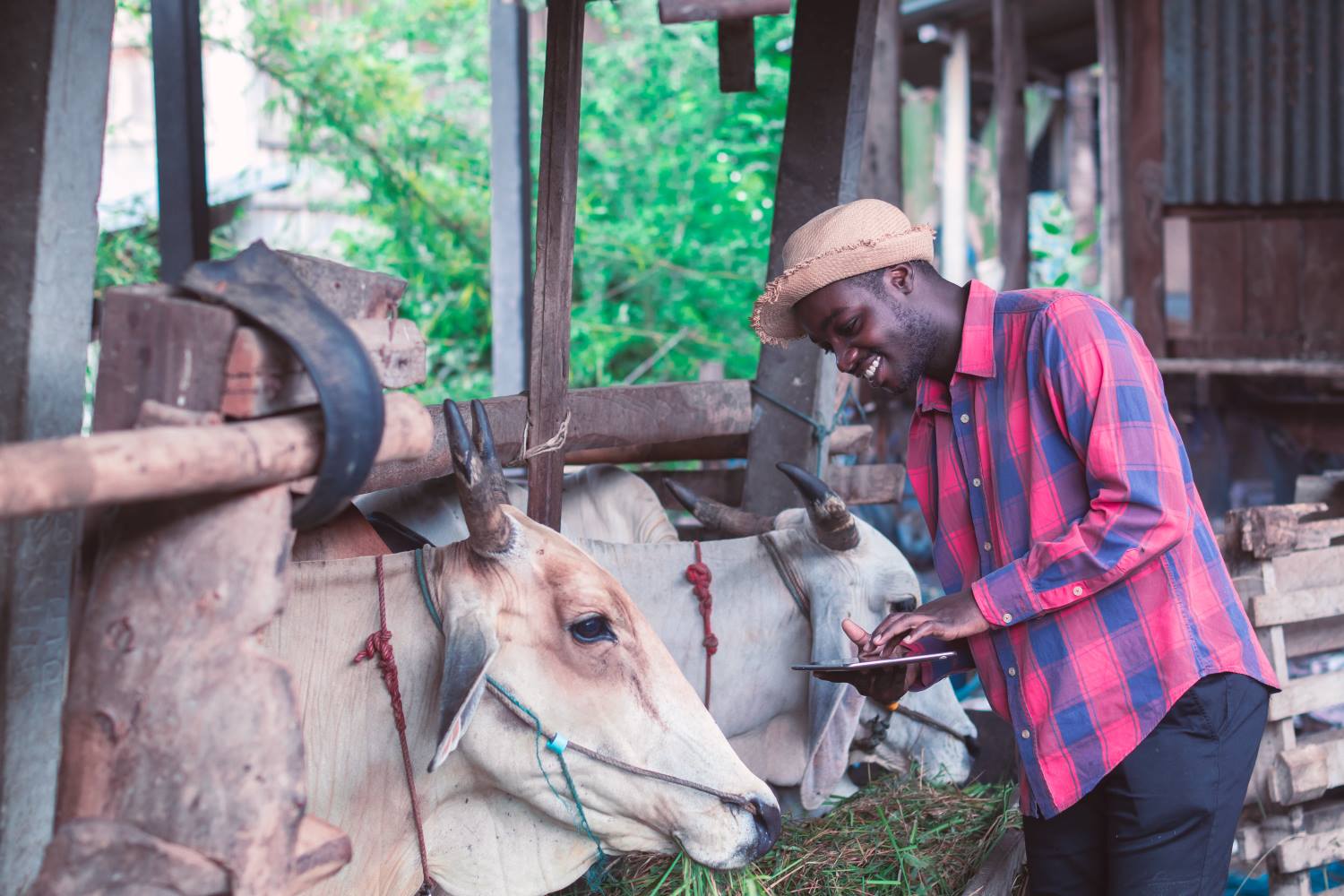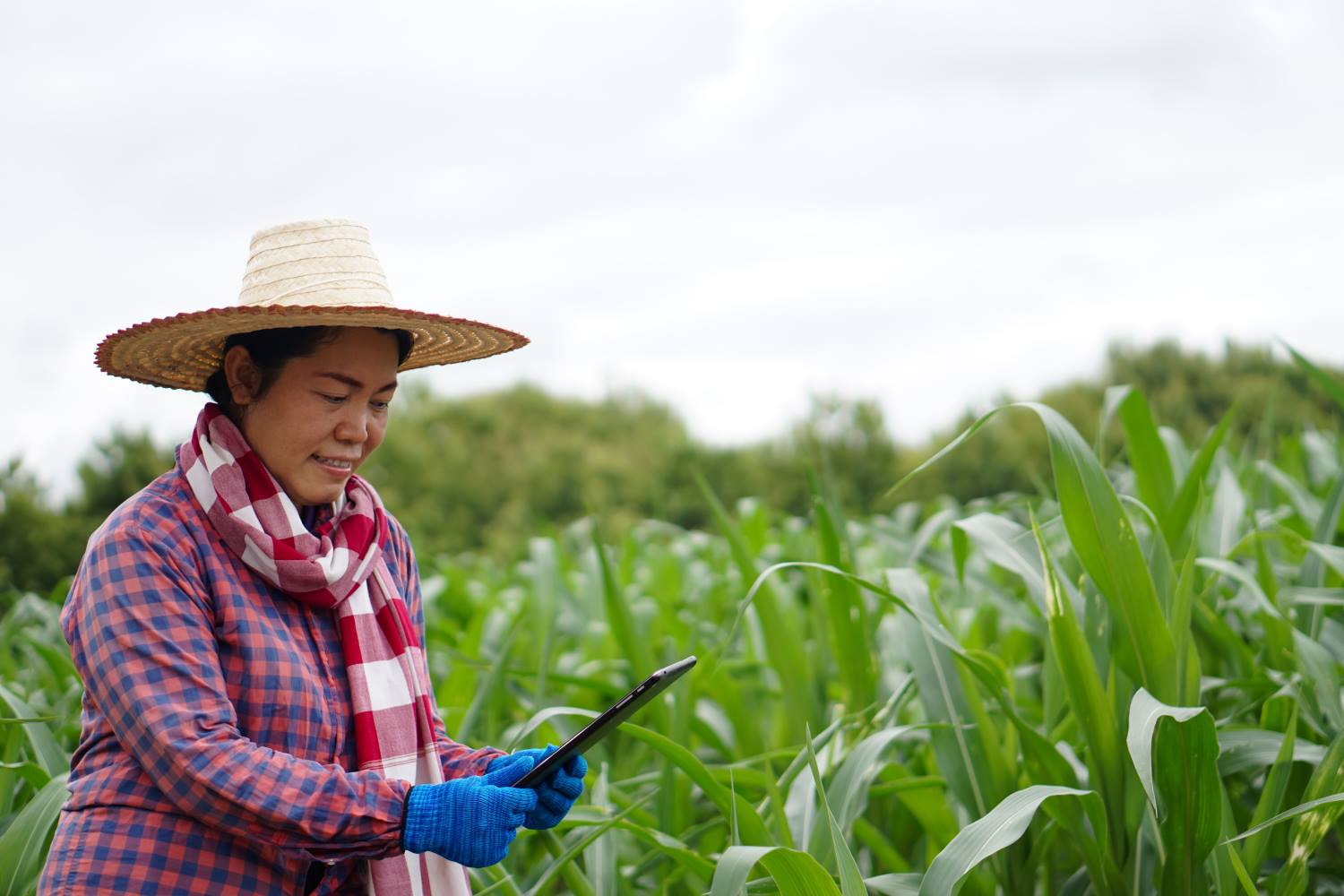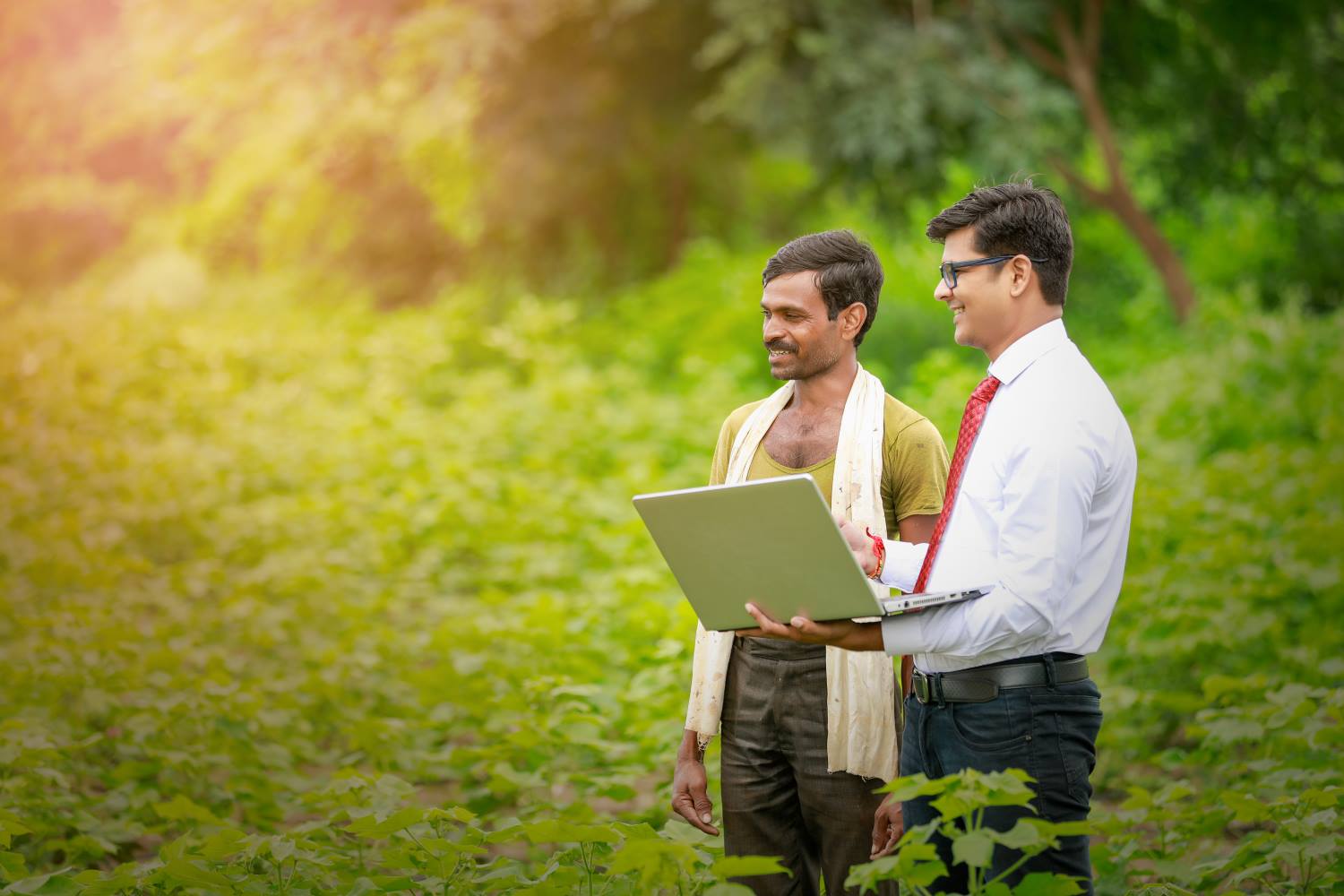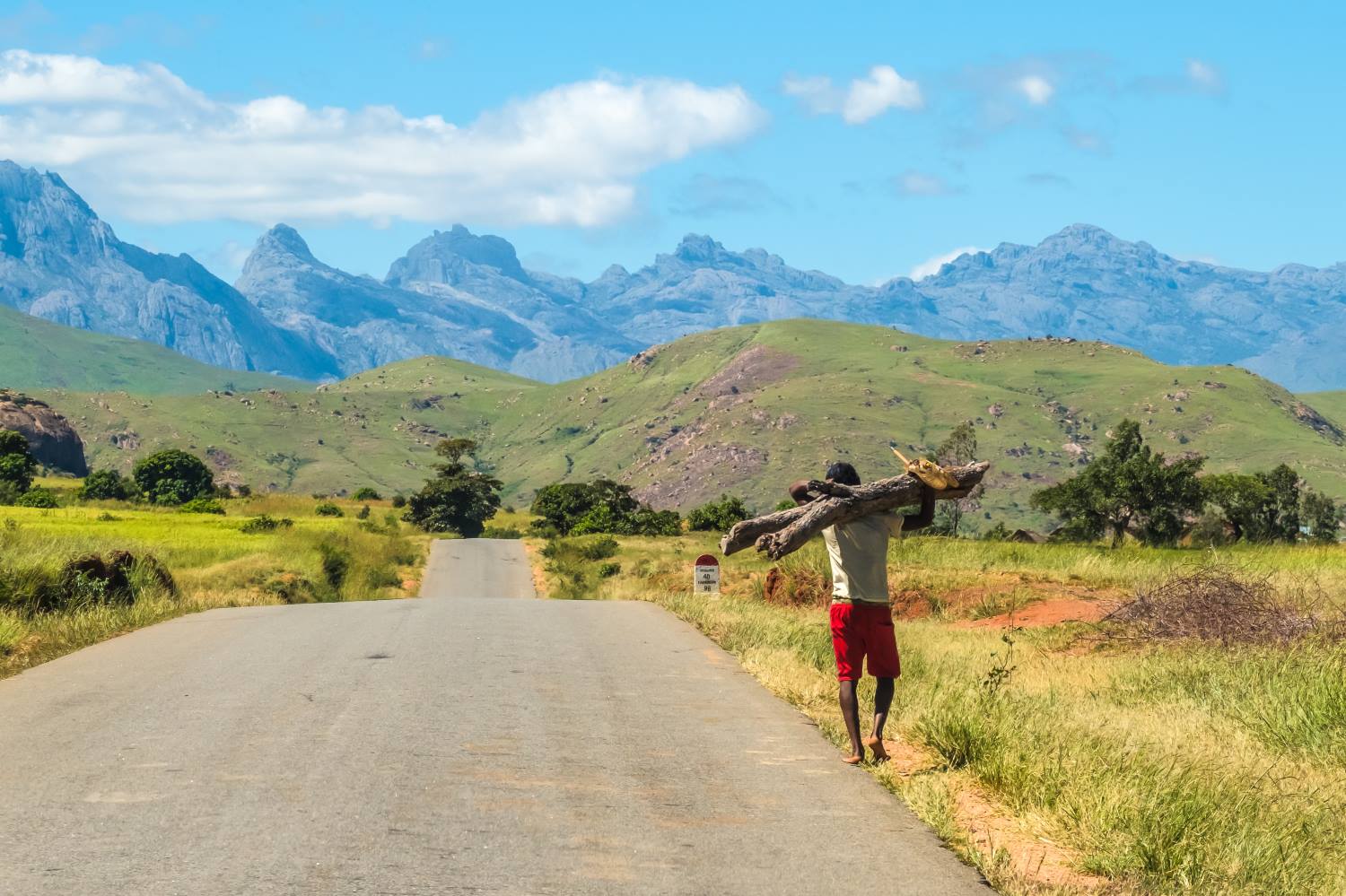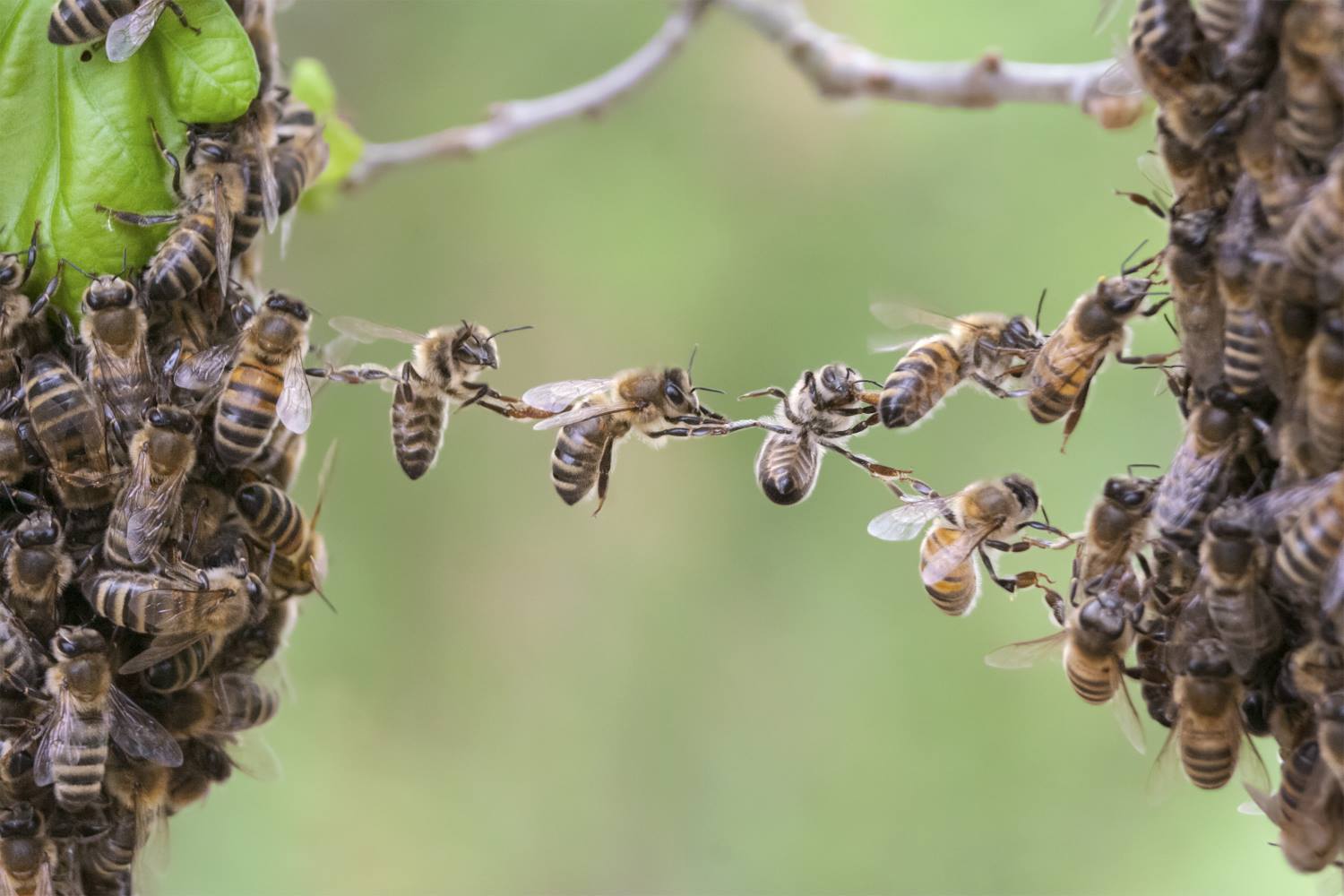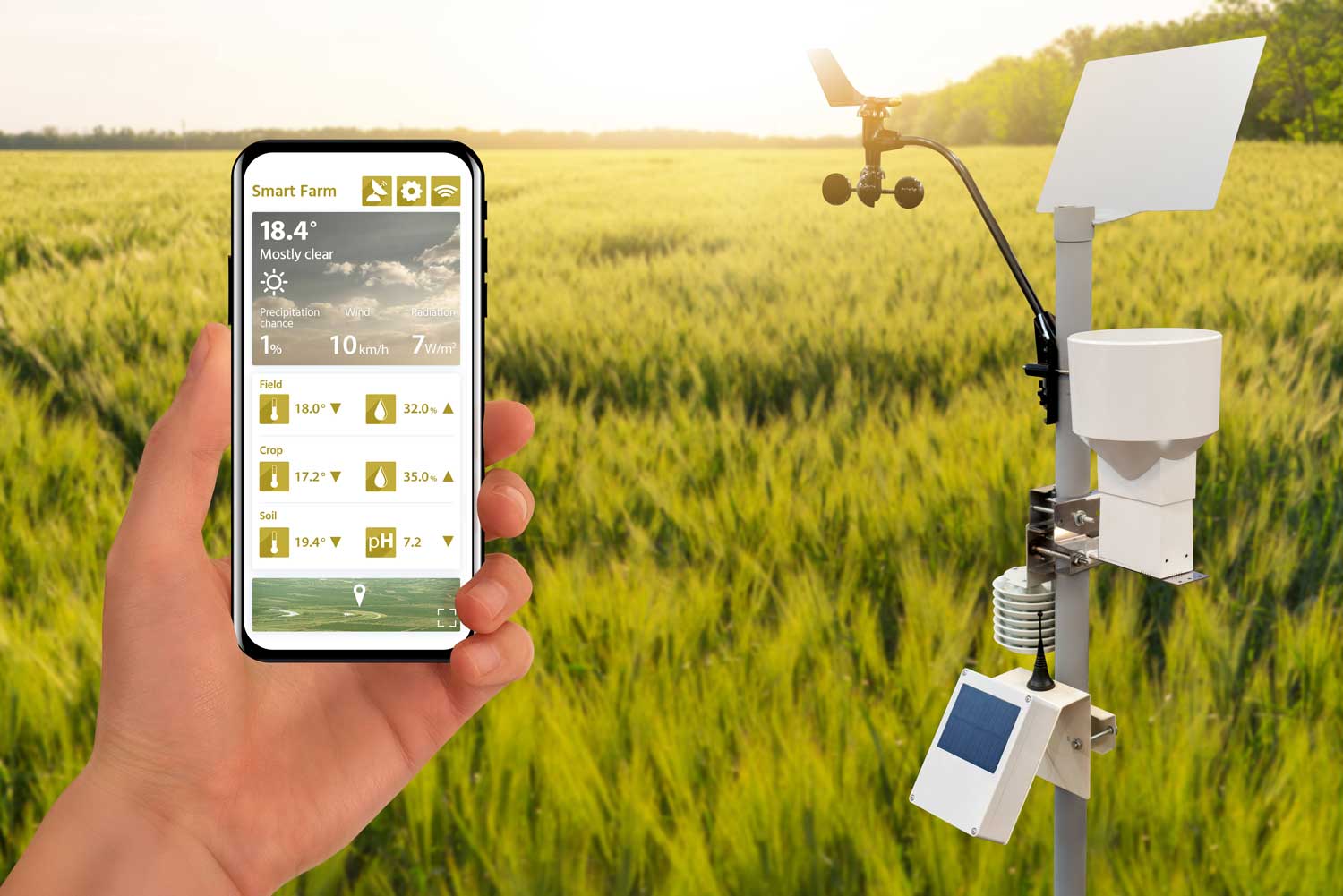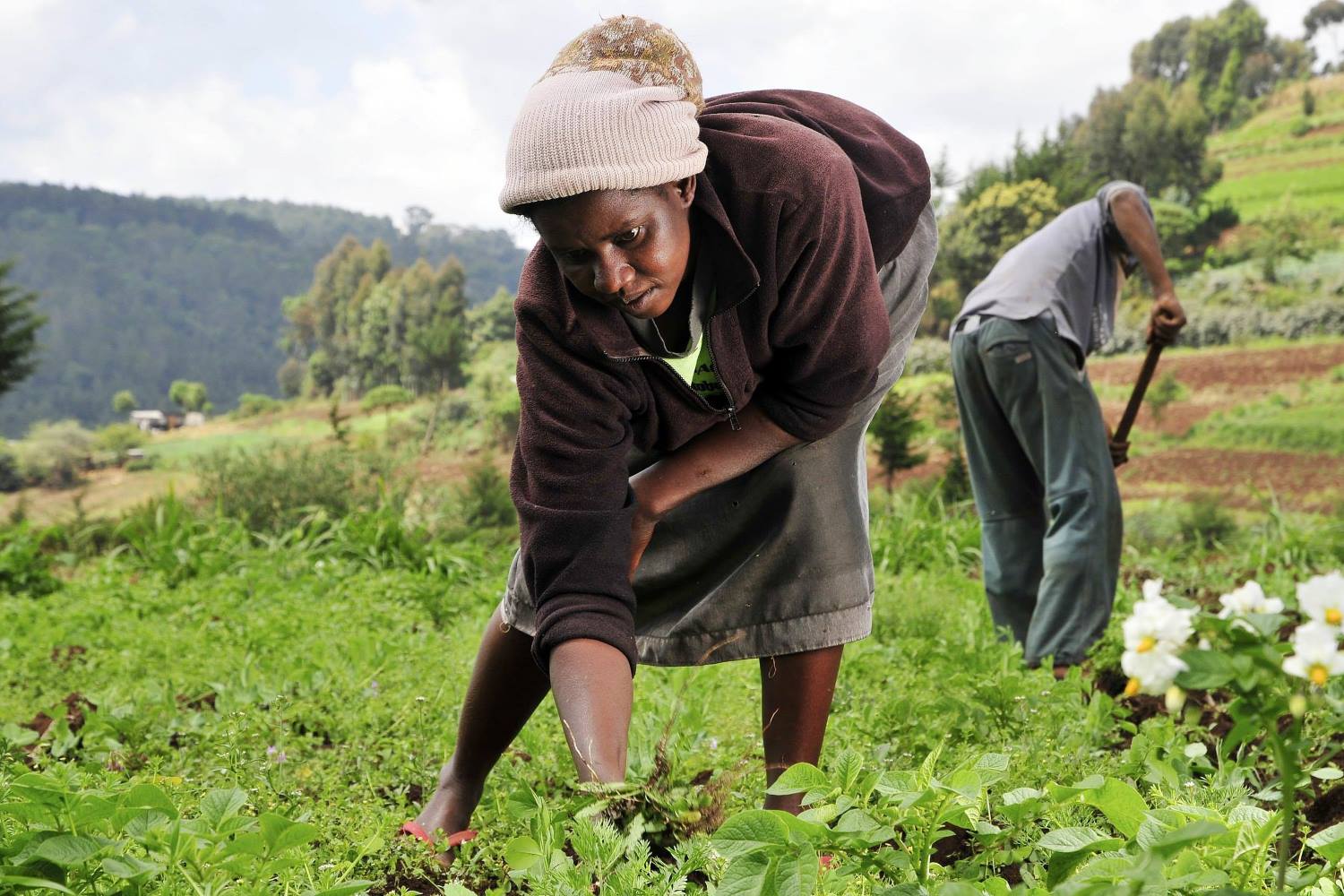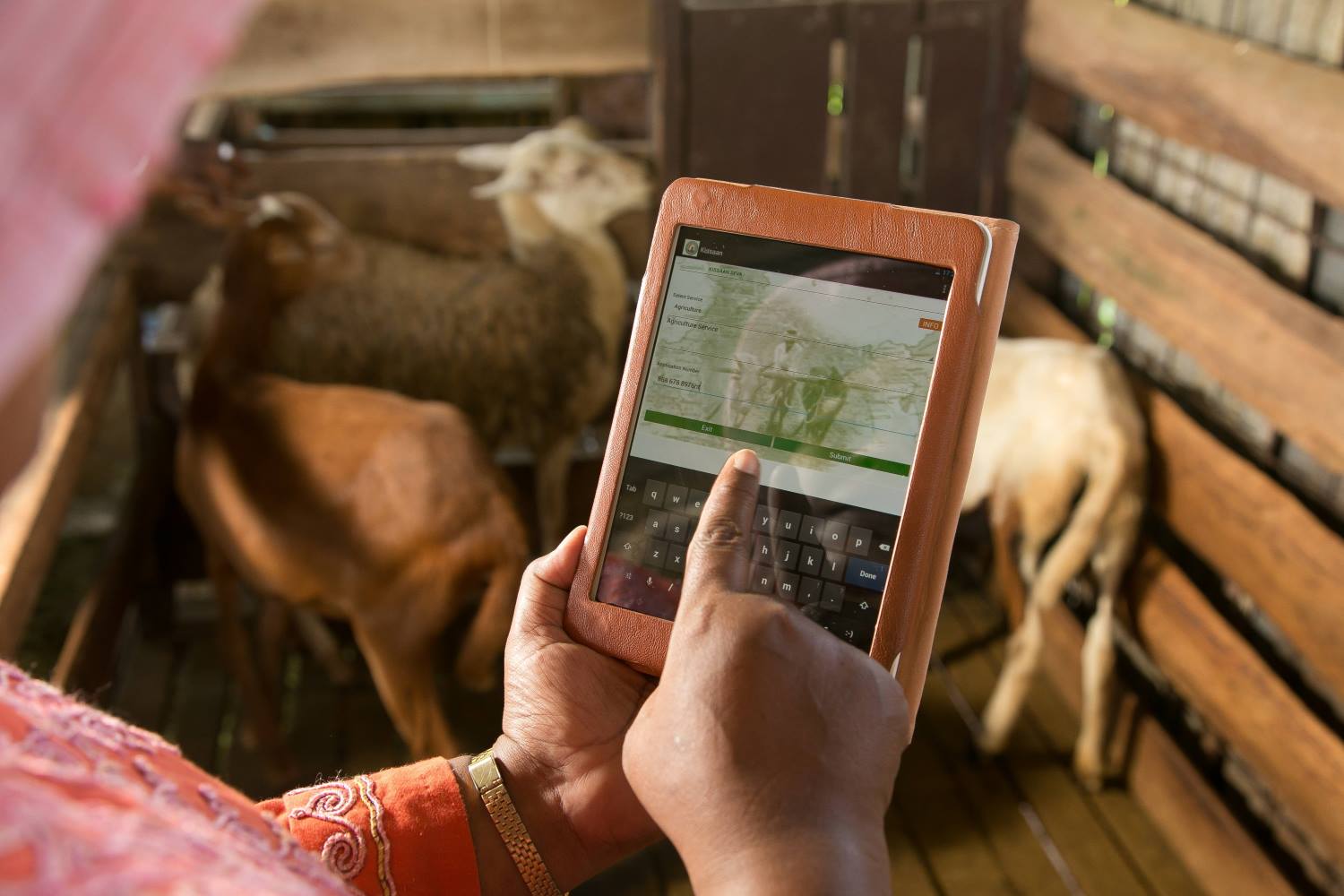Aligning Agritech knowledge platforms to accelerate digital agriculture adoption in Europe and Central Asia

Aligning Agritech knowledge platforms to accelerate digital agriculture adoption in Europe and Central Asia
Authors: Veronika Sherova (FAO), Tomaso Ceccarelli and Inder Kumar
Publish Date: 10 December 2024
This article is a follow-up to the webinar hosted by JengaLab titled “From Knowledge to Action: The Impact of Agritech Knowledge Sharing Platforms on Evidence-Based Policies” on November 28, 2024. During the session, panellists Tomaso Ceccarelli from the Digital Agri Hub and Veronika Sherova from FAO Agritech Observatory presented their insights on why there is a need for greater collaboration between Agritech knowledge-sharing platforms. They emphasized that addressing lack of coordination and integration is essential to reduce landscape-level fragmentation, avoid “reinventing the wheel in digital agriculture” and creating inefficiencies and redundancies in the impact for Small Scale Producers (SSPs), women and youth in Low and Middle-Income Countries (LMICs). With these objectives, the two platforms envision exchanging collected research on digital agriculture initiatives in LMICs of Europe and Central Asia to reinforce their visibility and adoption. This endeavour will facilitate streamlined regional cooperation among stakeholders, including practitioners, policymakers, researchers, and innovators, to propel the development and uptake of digital agricultural solutions.
Status quo of global Agritech knowledge platforms
Global Agritech knowledge platforms have emerged as crucial tools for advancing agricultural innovation, offering centralized access to data, technologies, and best practices. The knowledge stored in these platforms can help address critical challenges, including food insecurity and unsustainable farming practices, while promoting climate resilience and the adoption of innovative solutions through knowledge sharing. However, the current landscape is fragmented, with numerous initiatives operating in silos, often competing for similar audiences, funding, and impact goals. This competitive dynamic tends to limit their collective potential to drive systemic change.
Current challenges for advancing digital agricultural in the region
Systematic change for advancing digital agricultural in Europe and Central Asia faces numerous challenges, despite the growing recognition of its potential. According to a recent FAO study (2020), among these challenges is reliance on general-purpose ICT indicators and absence of dedicated framework of agriculture-specific ICT indicators; lack of strategic platform that would allow decision-makers to base their policies and investments on concrete evidence drawn from past successes and failures in the field; fragmentation and lack of synergy among development initiatives; as well as exclusion of small-scale producers from the digital revolution due to limited access to infrastructure, high costs, and low digital literacy.
Recognising these challenges, the Alliance between FAO’s Agritech Observatory and the Digital Agri Hub forged in 2024 seeks to build a cohesive and interconnected ecosystem for digital agriculture in the region, thereby empowering all stakeholders through knowledge-sharing, data integration, and framework harmonisation.
What we expect from this collaboration
The FAO’s Agritech Observatory and the Digital Agri Hub aim to address the challenges of fragmentation and data gaps through cross-platform integration. By pooling their data, insights, and best practices, these platforms will provide a comprehensive repository that stakeholders can access for informed decision-making and policy support. This integration supports coordinated efforts, reduces redundancy, and enhances the overall impact of digital agriculture initiatives in the region by the following outcomes:
-
Taxonomy standardisation and interoperability: A core focus of the alliance is the standardisation of data and taxonomies. By creating a harmonised framework for classifying initiatives on digital agriculture, including digital solutions, related services and the underlying technologies, the FAO and Digital Agri Hub aim to ensure consistent data exchange and interoperability across platforms. This standardisation effort will make it easier for users to navigate and compare initiatives, ultimately leading to more informed policy development and strategic investments. In the long term, the collaboration plans to establish Application Programming Interfaces (APIs) that will facilitate seamless data exchange and interoperability between platforms. This move is expected to streamline data sharing and tracking, enabling the identification of trends, gaps, and opportunities in digital agriculture.
-
Curating profiles of the digital solutions and services in the Europe and Central Asia region: Both platforms have identified over 168 digital solutions and services in the region for which the database can be curated, maintained, and streamlined to minimise redundancies and duplications. These are aligned with Sustainable Development Goals and the FAO’s "Four Betters" – better production, better nutrition, a better environment, and a better life.
The collaboration between FAO’s Agritech Observatory and the Digital Agri Hub represents a forward-looking step toward overcoming fragmentation and fostering a cohesive digital agriculture ecosystem in Europe and Central Asia. By aligning efforts, harmonizing data, and promoting knowledge-sharing, this alliance has the potential to empower stakeholders with actionable insights, bridge existing gaps, and drive the adoption of innovative solutions.
Learn more:
Youtube link to the webinar
Link to the FAO Agritech Observatory
Contact FAO Agritech Observatory: REU-digital-agriculture@fao.org
